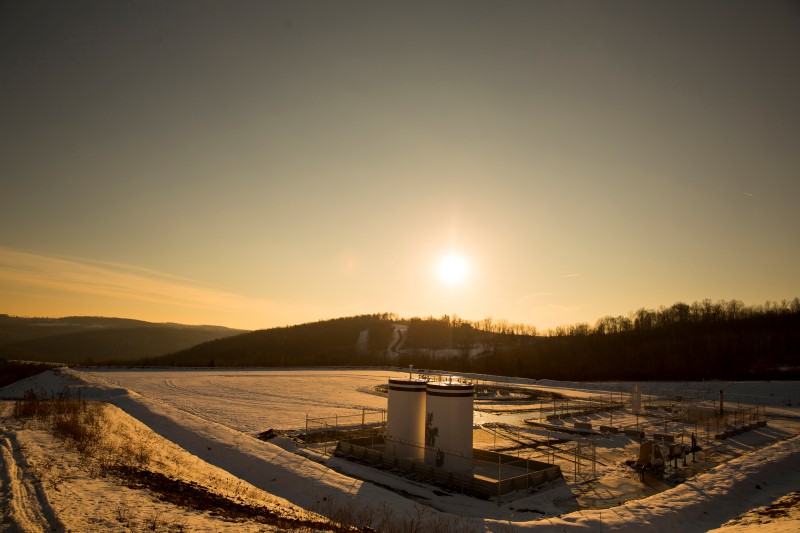(Bloomberg) -- Pakistan is planning a wave of new wind and solar plants that will expand its clean energy capacity to about fifth of its total.
The South Asian nation plans to increase its renewables by more than four times by adding as much as 7 gigawatts to bring its total to 8-9 gigawatts by 2025, said Nadeem Babar, head of Pakistan’s energy task force. The new energy policy that targets lifting the country’s total generation capacity by 40% to 42-43 gigawatts is expected to be approved within a month, he said.
The shift to clean generation comes after Pakistan has nearly bridged a power deficit by adding 10 gigawatts of capacity in the past six years to ease long, unannounced blackouts in major cities. Most of that capacity was coal and natural gas fired plants that were financed by China as part of its Belt and Road Initiative.
“The general policy is to have much higher emphasis on renewables over the next 10 years,’’ Babar said in a phone interview this month. Hydroelectric generation isn’t included in the renewable figures and is expected to account for 35% of the nation’s capacity by 2025.
As Pakistan has beefed up power generation its grid has come under increasing pressure and many transmission lines are already operating at full capacity. To alleviate congestion the country is working with the World Bank to identify the best locations to site new renewable generation.
Pakistan plans to auction the right to build renewable capacity annually starting in December. It will also deregulate clean energy for companies that want to build a wind farm or use solar panels to supply private businesses, said Babar.
Renewable generation is also expected to reduce the country’s costs to import power generation fuels such as coal and natural gas. Pakistan’s petroleum product imports, which fuel both power plants and vehicles, accounted for about $13 billion of the country’s $50 billion total imports in the eleven months ended May.
As well, a $3.5 billion joint venture with China to dig up coal from Pakistan’s Thar desert generated electricity for the first time this month.
“Last year, 41% of generation was on imported fuels,” said Babar. “That is just way too high.”
